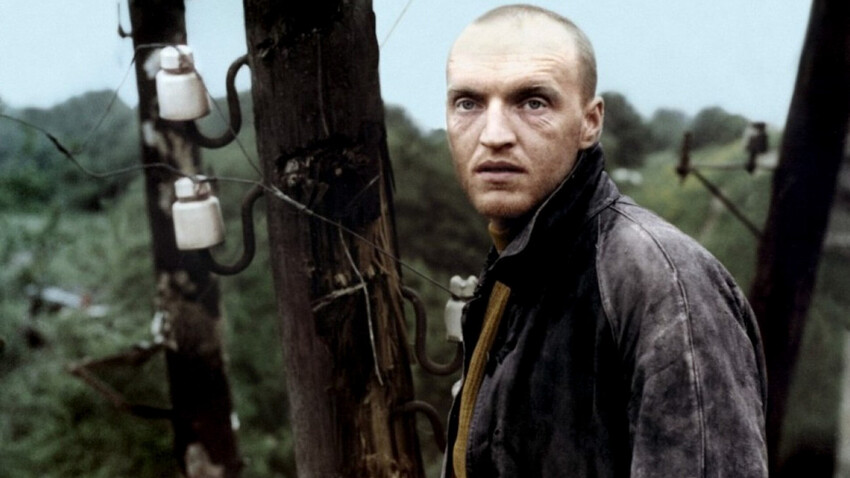
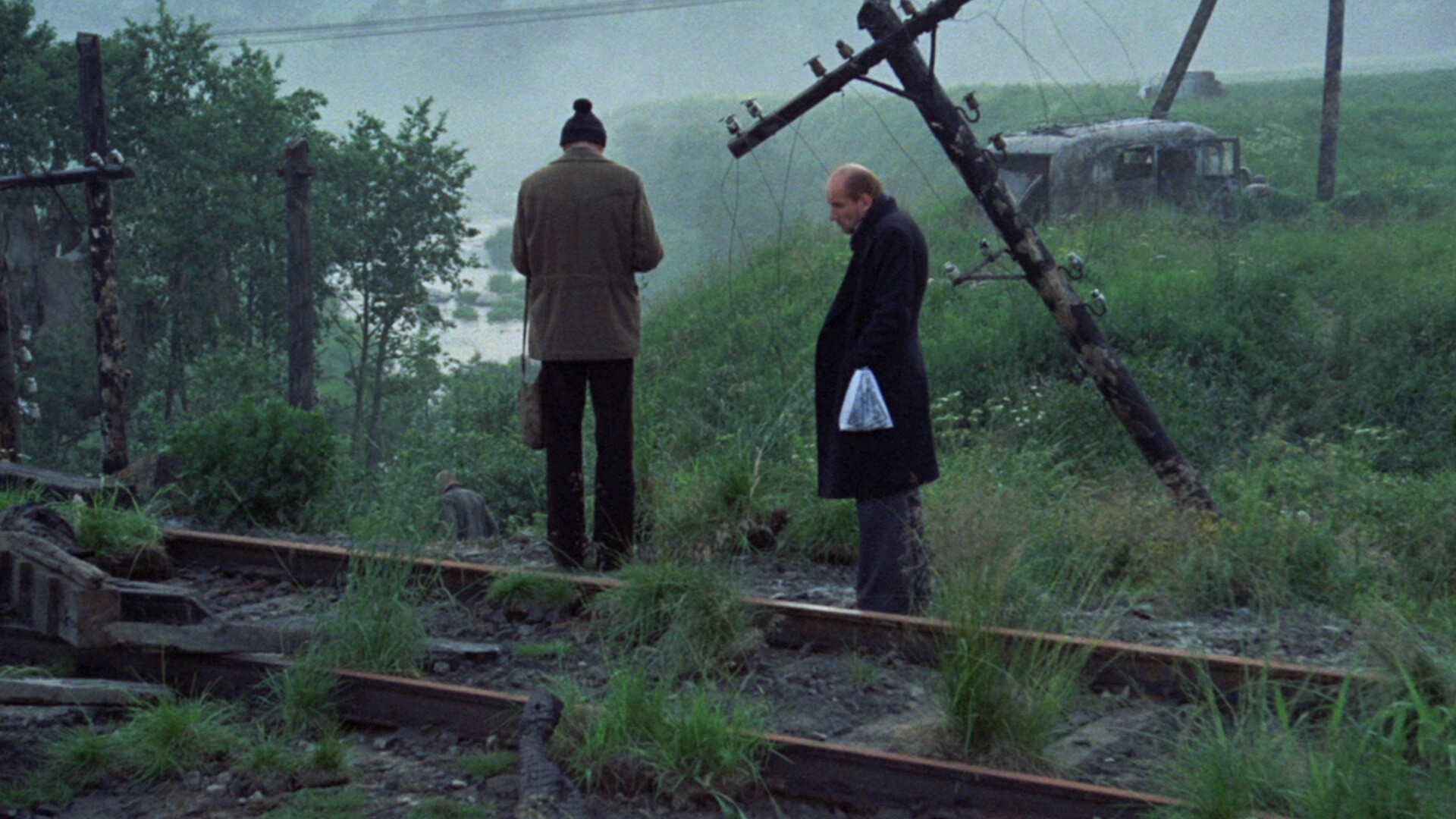
The Strugatsky brothers wrote this film's screenplay, which was based on their own science fiction novel Roadside Picnic. For a long time their books were considered unsuitable for screen adaptation, too overloaded with meanings that couldn’t be properly depicted in the cinematic format. Everything changed, however, when Andrei Tarkovsky – by then a famous and innovative film director, and not a fan of science fiction – became interested in the story. He preferred the Russian literary classics, so he changed the book's plot and characters to a large extent. In the end, he turned a work of science fiction into a philosophical parable about the danger of people's deepest desires.
The result was a special jury prize in the out-of-competition category at the Cannes Film Festival in 1980, as well as packed movie theaters in the U.S., France and Germany. “Stalker” ignited a sensation and placed Tarkovsky alongside the acclaimed film directors of his time.
The movie was filmed outside Tallinn in the Estonian Soviet Socialist Republic, but initially it was planned to be shot in the town of Isfara in today's Tajikistan. An unexpected earthquake in the region changed the film crew's plans and, quite possibly, the visual evolution of science fiction for years to come.
If Stanley Kubrick in “2001: A Space Odyssey” brought the world the cinematic portrayal of space, “Stalker” gave cinema the gray-green of the post-Apocalypse. In this Soviet film, civilization has disappeared, leaving behind a restricted area known as the Zone - a dangerous and mysterious place where, according to the plot, the main characters are heading toward.
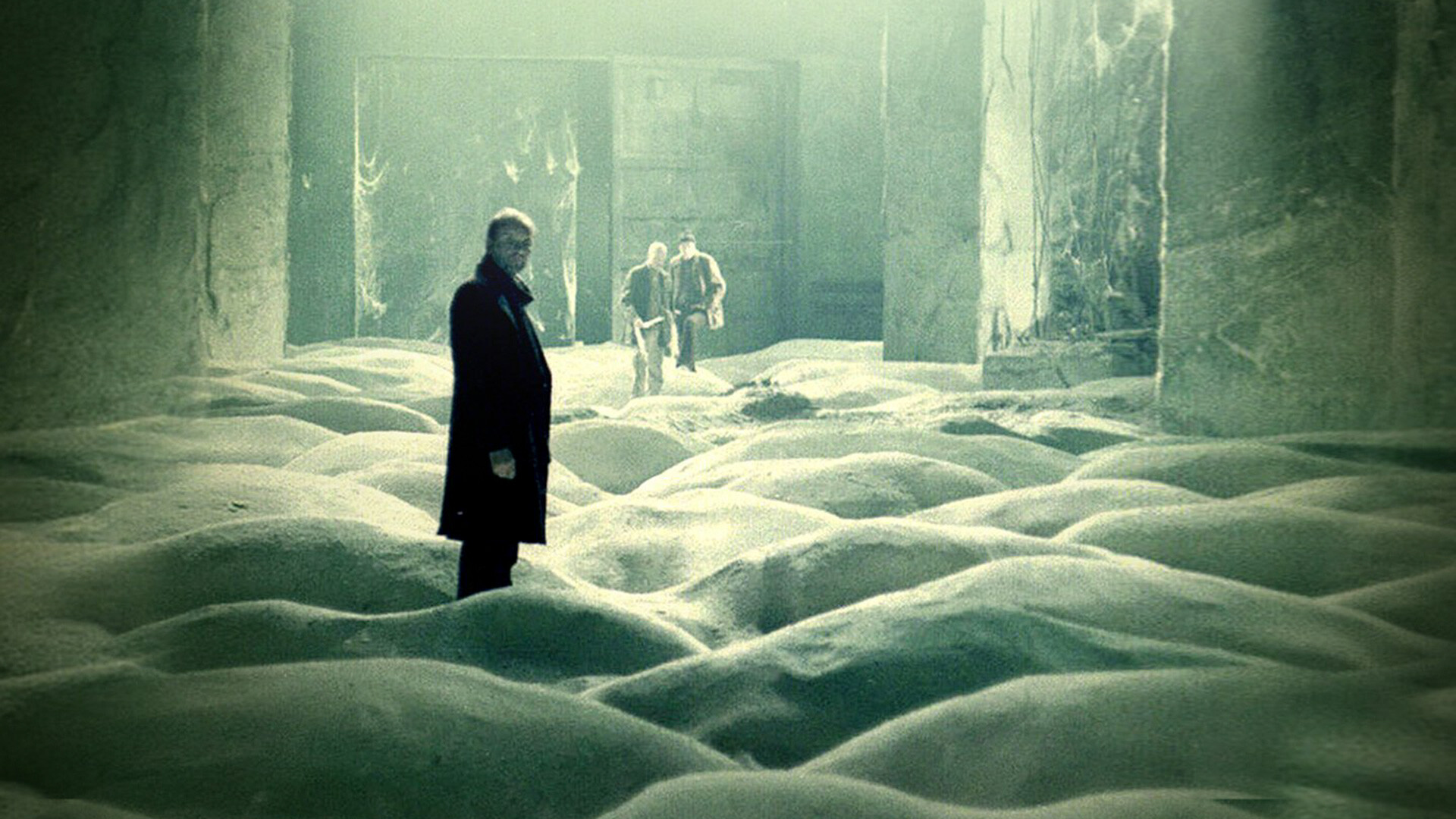
This Zone is full of traps and remnants of seemingly extraterrestrial activity but, paradoxically, it is pleasing to look at, unlike, for example, the drab town at the beginning of the film, which Tarkovsky deliberately shows in ugly yellow-gray colors. Green landscapes, moss-covered electricity poles, and waterfalls: It is as if nature in the Zone has grown wild and recovered its original beauty. Visual techniques help the director create an image of the bizarre Zone as an incomparable, almost supernatural place.
This didn't come easy, however. According to the later recollections of some who worked on the set, Tarkovsky obsessively controlled everything in the making of the film, including the color and length of the grass that was to appear in the shot.

"It took my whole life to prepare for the film, and I spent two years shooting it," is how Tarkovsky described the arduous work on “Stalker”. True enough, “Stalker” was not just the last film he made in the Soviet Union, but also a culmination of his creative journey.
Throughout his career, Tarkovsky was preoccupied with a search for the transcendent, or the meaning of life. His work explored questions to do with God and man's place in the world, and “Stalker” examines the problem through the prism of faith.
But Tarkovsky is remembered even more for another aspect of his films - his fondness for a uniquely slow tempo. A minimum of cuts, characters delivering monologues against landscape backgrounds, long pauses without any dialogue at all.
A good explanation of Tarkovsky's contemplative style of storytelling was given by the American film critic Roger Ebert. He wrote that the Soviet director's long takes were designed not to entertain but to absorb.
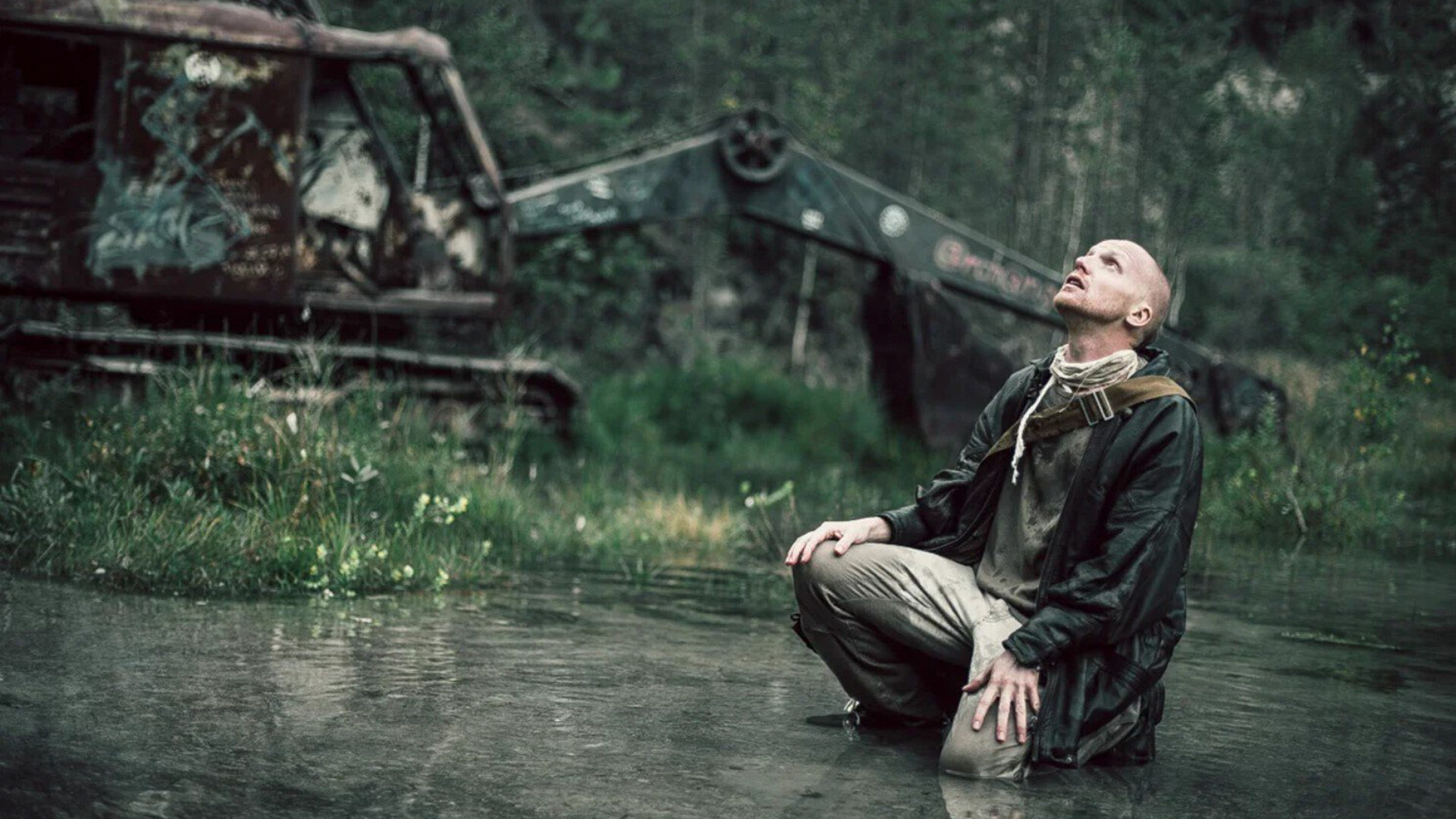
References to “Stalker” can still be found in all sorts of different and unexpected places. Some contemporary film directors try to mimic his contemplative storytelling, while others borrow the movie's storyline almost in its entirety. That, for instance, was the approach of the makers of the 2018 film “Annihilation”, which featured Natalie Portman in the lead role.
The influence of “Stalker” is obvious beyond cinema – Tarkovsky's creative techniques aided the makers of the eponymous series of video games and of the TV series “Chernobyl”, and muc more. The features of post-Apocalyptic settings would be different were it not for the hazardous gray-green zone "painted" by Tarkovsky in various abandoned locations in Estonia.
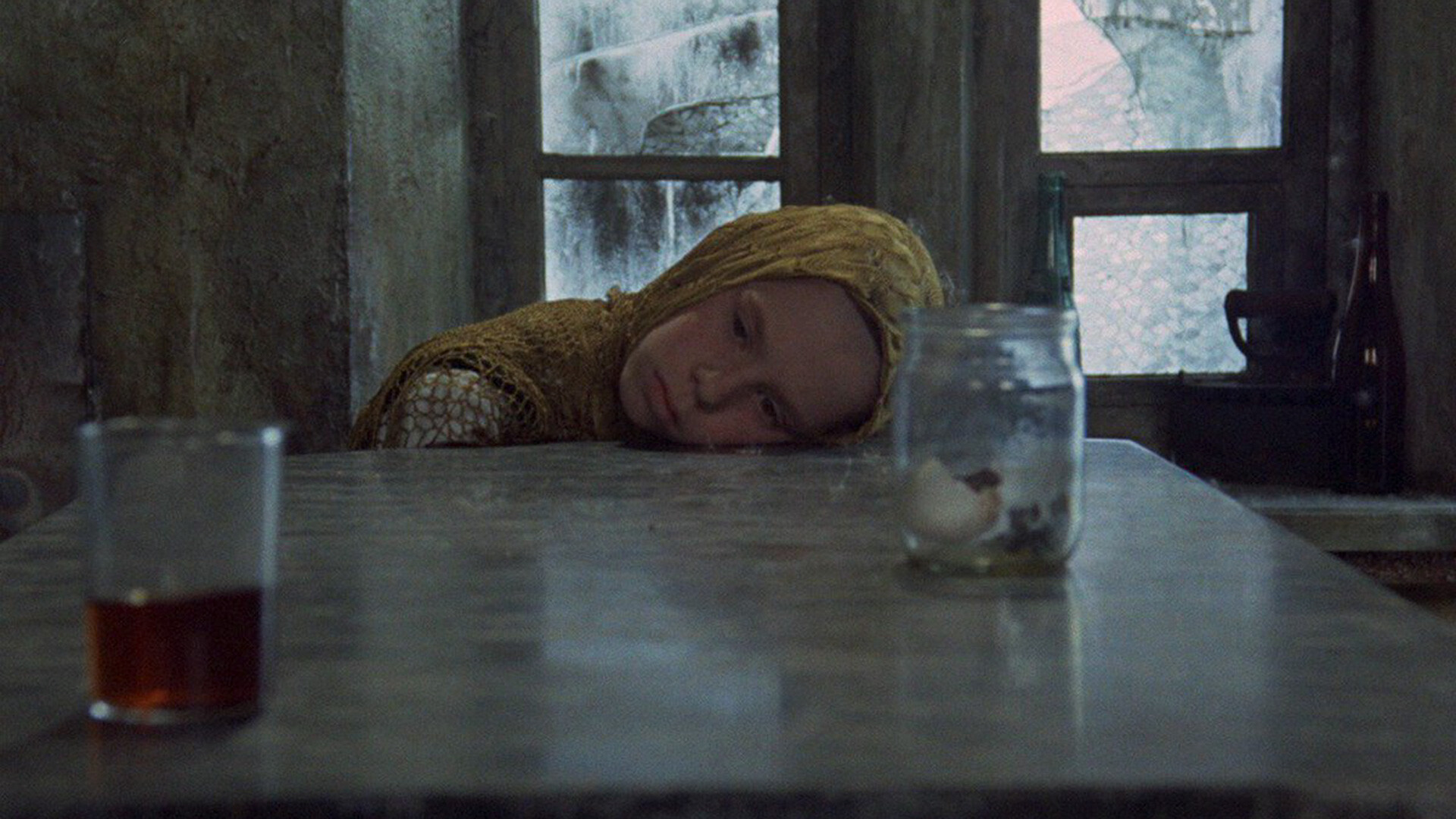
Six years after the film’s release the USSR was hit by one of its worst tragedies – the explosion at the Chernobyl nuclear power station. The site of the disaster was enclosed within an exclusion zone, and after a time ‘stalkers’ started going in to look for bizarre artifacts and to organize tours, just like in the film.
The book by the Strugatsky brothers and Tarkovsky's movie not only created a language for describing a distinctive post-Apocalyptic world, but it also foreshadowed the landscapes of the Zone and its unmatched environment following the Chernobyl disaster that shook the world in 1986.
Chernobyl has since become a symbol of the late Soviet period, and at the same time, has enshrined “Stalker” as its main reflection in high cinema art.
Dear readers,
Our website and social media accounts are under threat of being restricted or banned, due to the current circumstances. So, to keep up with our latest content, simply do the following:
If using any of Russia Beyond's content, partly or in full, always provide an active hyperlink to the original material.
Subscribe
to our newsletter!
Get the week's best stories straight to your inbox